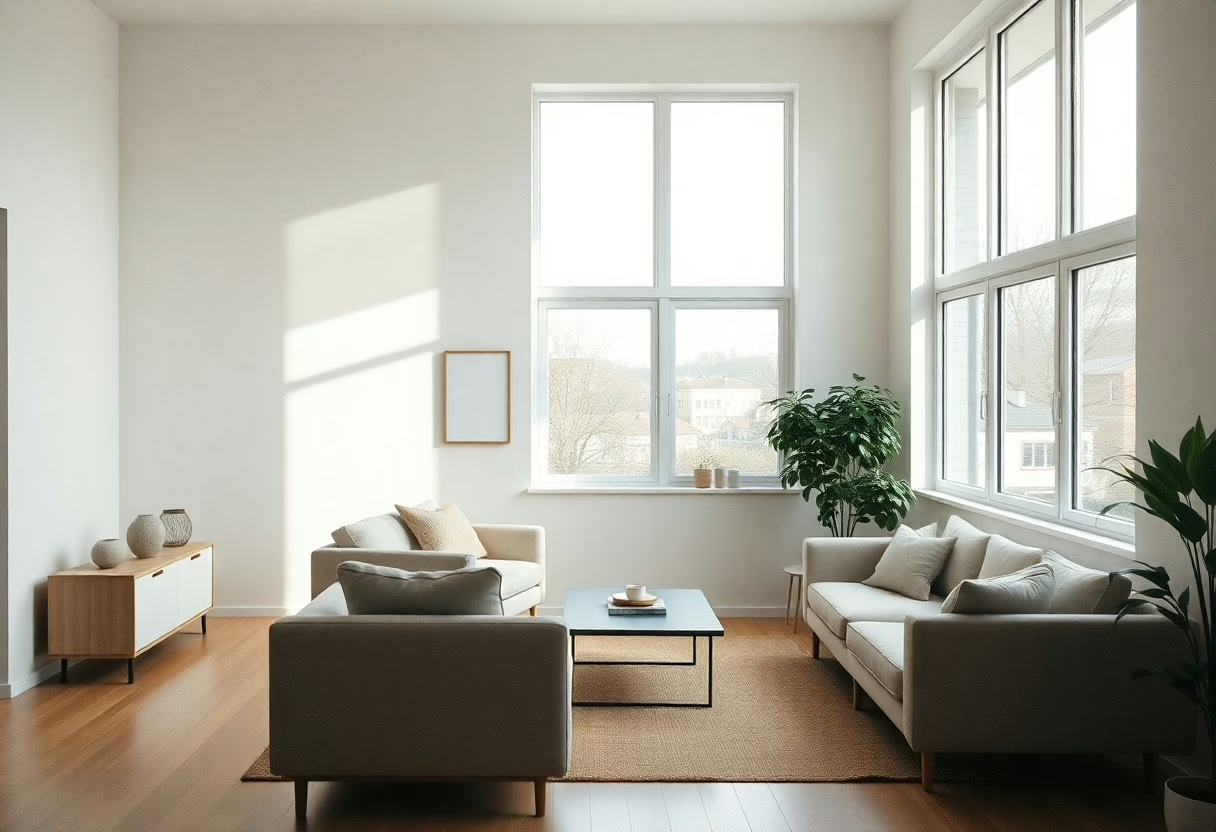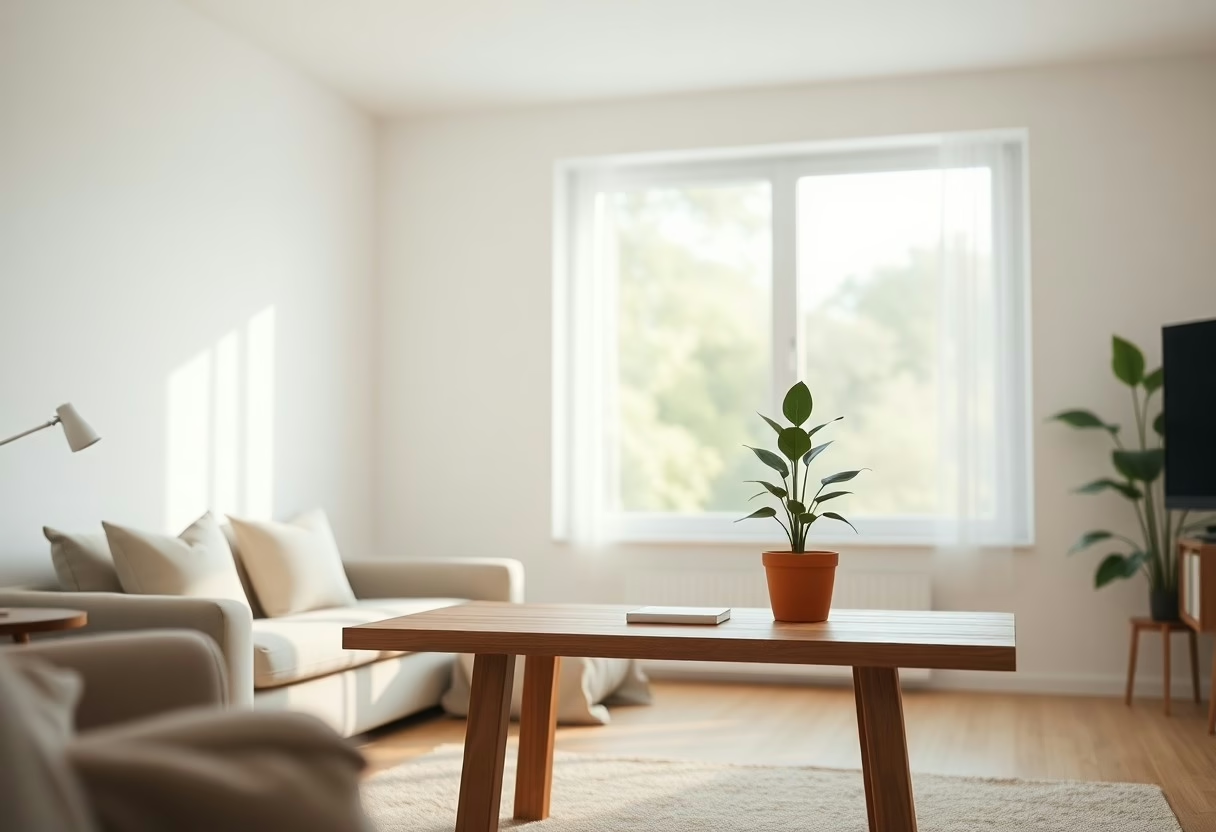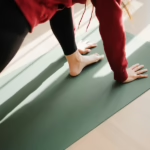Declutter your space and embrace the freedom that comes with a minimalist lifestyle. By simplifying your surroundings and reducing excess, you create a serene environment that promotes mental clarity and peace. This guide will provide you with practical steps to start your journey toward minimalism, helping you navigate the process of letting go of unnecessary items and focusing on what truly matters in your life.
The Emotional Weight of Clutter
Every item you own carries significance, whether it’s cherished heirlooms or forgotten trinkets. As clutter accumulates, it doesn’t just occupy physical space; it also weighs heavily on your mind. This emotional burden can lead to anxiety, stress, and overwhelm, making it difficult to focus on what truly matters. By addressing this clutter, you reclaim your mental clarity and emotional peace.
Material possessions often provide temporary happiness, but this satisfaction is fleeting. You might find yourself continuously chasing the next purchase, experiencing “buyer’s remorse” after the initial thrill fades. The endless cycle of acquiring things can lead to dissatisfaction rather than fulfillment, positioning yourself on a hamster wheel of consumption that leaves you drained emotionally and spiritually.
Embracing minimalism can reduce anxiety and create clearer mental space, allowing you to focus on your passions. Studies show that individuals who have minimized their clutter report higher levels of satisfaction and wellbeing. As you let go of excess belongings, you create environments that nurture mindfulness, empowering you to live deliberately and authentically. Simplification fosters better decision-making, enhances creativity, and facilitates deeper connections with others.
The First Steps to Decluttering
Initiating your decluttering journey starts with setting ground rules. Begin by identifying your priorities—what do you want to achieve through minimalism? Engage in honest self-reflection about the items you own and why they occupy space in your life. This foundational understanding will guide your decluttering efforts and help you make more intentional choices.
Envisioning your ideal minimalist space is vital. Picture calm and clutter-free environments that foster tranquility and clarity. Visualize specific areas of your home that require transformation, like your living room, bedroom, or workspace. Write down your goals and the feelings you want to evoke in these spaces. This vivid imagery will serve as motivation and a roadmap as you begin the decluttering process.
The 30-Day Declutter Challenge
Embarking on the 30-Day Declutter Challenge offers a structured and manageable way to tackle your home. Each day, focus on a specific area or type of item, starting with easy wins to build momentum. For example, Day 1 could be a single drawer, while Day 15 might address your clothing collection. This incremental approach prevents overwhelm, helping you see tangible progress day by day.
Over 30 days, each small victory accumulates, leading to major transformations in your living space. You might find that the first week tackles less emotional items, like old magazines, while later weeks focus on sentimental treasures. Set clear intentions for each day’s task and reflect on how each removal contributes to your overall goal.

Essential Tools and Strategies
Adopting a minimalist lifestyle requires a toolkit of strategies to help you stay committed. Start with practical organizational tools, like bins and labels, to sort your belongings, making it easier to evaluate what you truly need. Incorporate schedules and routines that prioritize important tasks while allowing time for relaxation and self-reflection.
The One-in-One-out Rule
This simple yet effective rule can significantly reduce clutter in your life. By committing to letting go of one item for every new item you bring in, you maintain a balanced approach to consumption. This practice not only curbs impulse buys but also encourages you to critically assess the value and usefulness of your possessions.
Digital Minimalism
Streamlining your online presence is important in our digitally-driven world. Begin by decluttering your digital devices—delete unused apps, unsubscribe from redundant emails, and organize files into clear folders. Limiting your social media accounts to a few platforms that truly add value can help reduce distractions and foster deeper connections.
Consider scheduling “tech-free” times during your day to disconnect and recharge. Engaging with fewer, more meaningful online communities can enhance your experiences while promoting genuine relationships. Aim to curate your digital consumption to reflect your interests and passions rather than getting lost in seas of information.
Building Daily Habits for Minimalist Living
Establishing daily habits plays a vital role in cultivating a minimalist mindset. Start small by eliminating one unnecessary item from your life each day, whether it’s physical clutter or a non-vital commitment. Over time, these small actions accumulate, fostering clarity and purpose that permeate your everyday life.
Incorporating mindfulness into your daily routine helps you appreciate the present moment and fosters simplicity. Simple practices like deep breathing, meditation, or taking mindful walks can ground you, allowing you to connect with your surroundings and intuition. As you shift focus away from material possessions and distractions, you discover the richness found in simplicity.
Embracing Minimalism Beyond Possessions
Embracing minimalism transcends decluttering your home; it’s about streamlining every aspect of your life. This mindset encourages you to evaluate not just what you own but also how you spend your time and energy. By focusing on the essential and eliminating the non-essential, you’ll find greater satisfaction and clarity in your daily interactions, commitments, and pursuits.
Examining how you allocate your time and whom you spend it with can lead to more meaningful connections. Prioritizing relationships that nourish your spirit helps you step away from commitments that drain your energy. Investing in fewer, deeper relationships fosters a greater sense of community and support while reducing stress often tied to social obligations.
Conclusion
The journey toward a minimalist lifestyle begins with intentional choices that prioritize peace over possession. By decluttering your environment and simplifying your routine, you create space for what truly matters. Start small, embrace the process, and reflect on how your belongings impact your well-being. As you let go of excess, you’ll find that less stuff leads to more clarity and contentment, ultimately transforming your daily experiences.


